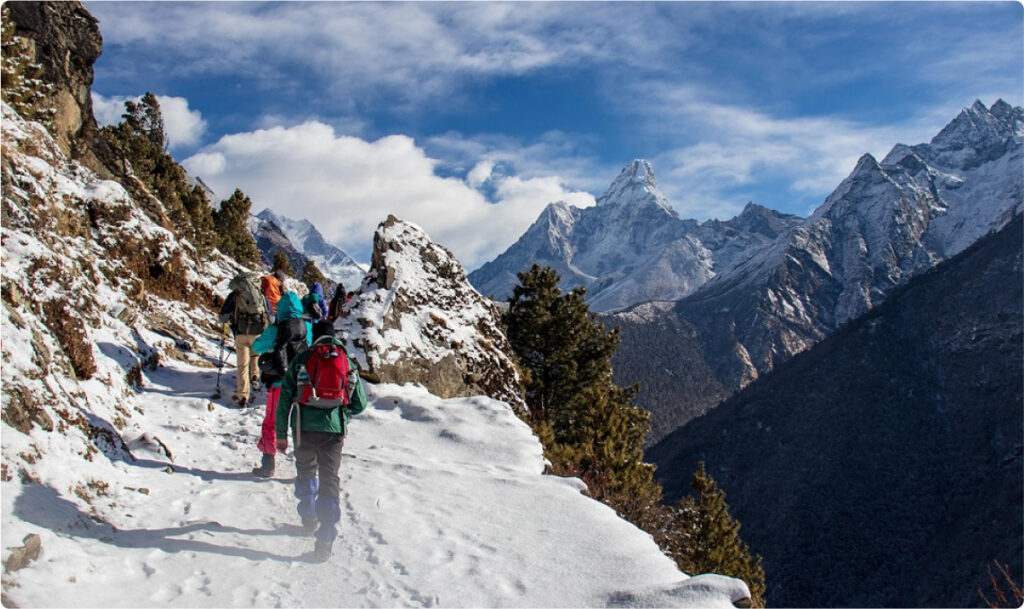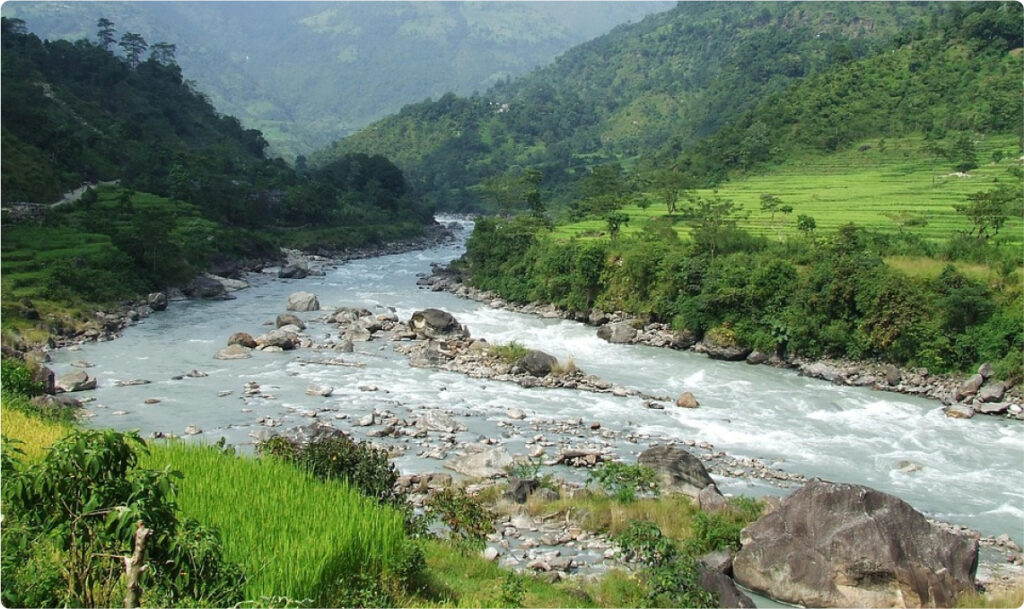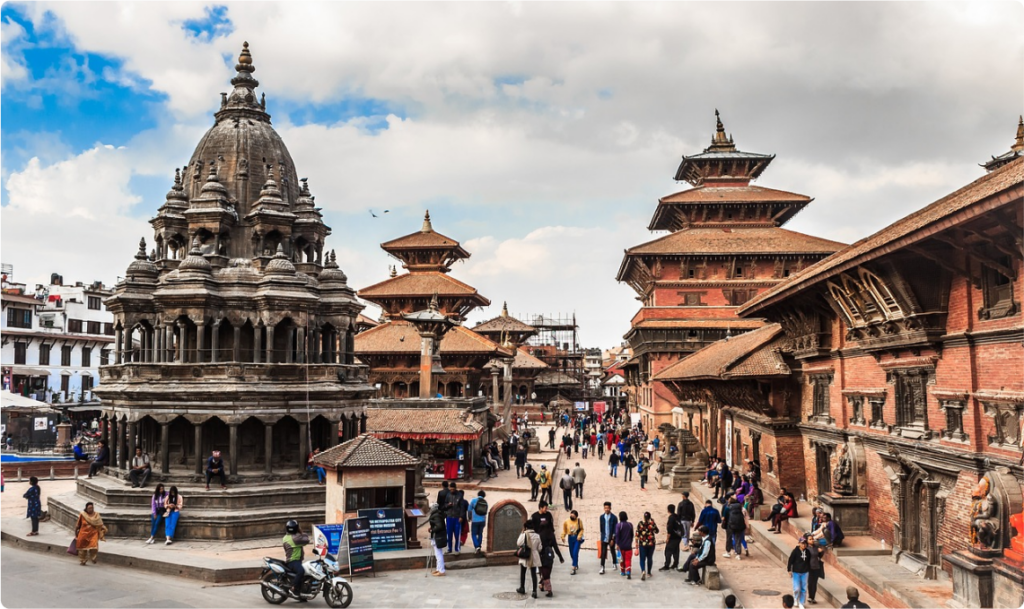Nepal, a Himalayan gem nestled between India and China, is a breathtaking tapestry of diverse landscapes, rich cultural heritage, and unique wildlife. However, this fragile beauty is under threat, facing a myriad of challenges that threaten its very existence.
One of the most pressing issues is the rapid pace of climate change. The Himalayas, often referred to as the “Third Pole,” are particularly vulnerable to the warming planet. Rising temperatures are melting glaciers at an alarming rate, leading to water scarcity, unpredictable weather patterns, and increased risk of natural disasters like landslides and floods. These changes not only disrupt the delicate ecological balance but also impact the livelihoods of millions who depend on the mountains for water, agriculture, and tourism.
Another major challenge is the unsustainable exploitation of natural resources. Deforestation, driven by demand for timber and agricultural land, is rampant in Nepal’s forests, leading to soil erosion, loss of biodiversity, and disruption of water cycles. The mining industry, while contributing to economic growth, also poses significant environmental risks, such as pollution of water bodies and degradation of landscapes.
Furthermore, the influx of tourists, while beneficial for the economy, can have negative consequences if not managed responsibly. Overcrowding in popular destinations, littering, and disrespect for local customs can damage the environment and cultural heritage. It is crucial to promote sustainable tourism practices that minimize the negative impact on the ecosystem and empower local communities.
To address these challenges, Nepal needs a comprehensive and multi-faceted approach. This includes strengthening environmental regulations, investing in renewable energy sources, promoting sustainable agriculture practices, and raising awareness about the importance of conservation. International cooperation is also essential, as climate change and environmental degradation are global issues that require collective action.
By taking immediate and decisive action, Nepal can safeguard its endangered beauty for future generations. This requires a commitment from the government, businesses, and individuals to prioritize sustainability, adopt eco-friendly practices, and support conservation initiatives. Only then can we ensure that Nepal remains a vibrant and thriving nation, a testament to the resilience of its people and the enduring power of nature.





